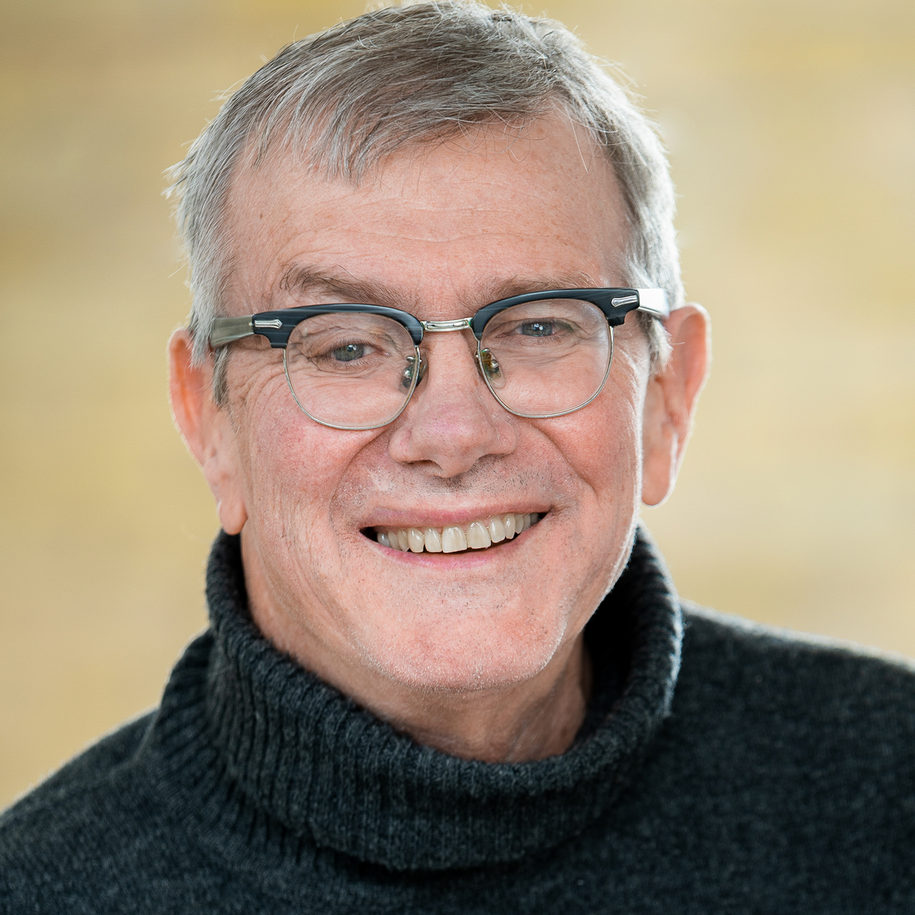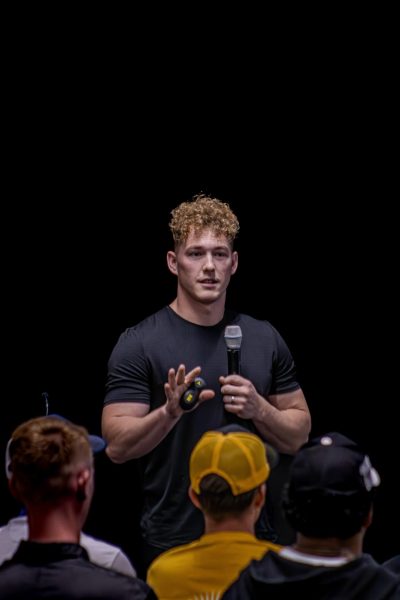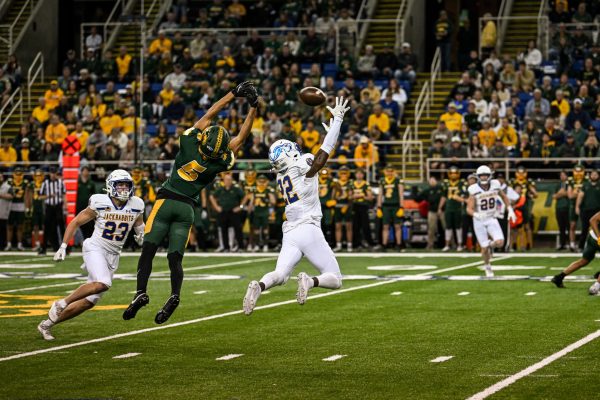Forum examines campus inclusion, diversity education
December 2, 2015
The Black Student Alliance held an open discussion to discuss diversity and inclusion on South Dakota State’s campus last week before students left for Thanksgiving break.
The discussion was sparked by the recent events that unfolded at the University of Missouri, in which many African American students took action after the university failed to respond to student complaints about racism on campus.
There will be another open discussion held on Friday, Dec. 4 at 5 p.m. in the Pheasant Crest Room in the Student Union for more perspective and insight into the topic of race relations.
One suggestion from the attendees was to incorporate education about issues minority students at SDSU face into first-year seminar classes.
President of BSA Semehar Ghebrekidan led the discussion.
“I think it’s really necessary for students to understand what their rights are on campus and what we can and cannot do, and, from there, you can act on your own judgment,” Ghebrekidan said. “It’s important to educate ourselves, especially on what happens in situations like what happened at Mizzou. The first step, I believe, is coming to events like this and talking with people who might have a better understanding of what’s going on.”
Members of the audience, as well as Ghebrekidan, noted that it would be a positive step forward to incorporate the education into first-year seminar classes. Many audience members said they wanted to be inclusive in the discussion and remain inoffensive of any group on campus.
Several students found the discussion helpful including sophomore Caleb Aldrich.
“I think it’d be really beneficial to integrate that kind of diversity learning into 109 classes, and it just seems like the perfect place for it, so I don’t know why we haven’t put more of it into 109,” Aldrich said. “But, I think the most important thing is to keeping talking about it.”
Members of university faculty and administration also weighed in on the discussion, including Doug Wermedal, interim vice president for student affairs.
“I think it’s just really great that we’re able to take part in this kind of conversation without judgment and where everyone approaches the subject with a lot of sensitivity as well,” Wermedal said. “I think that sometimes, coming from our Caucasian backgrounds, we’re just unaware of a lot of the privilege that we’ve been experiencing throughout our lives. It just becomes our environment and we sometimes don’t know exactly how we’re benefitting from it, until we ask questions like this tonight.”
A video from CNN was played during the discussion for audience members to see what events unfolded at the University of Missouri. Some specific incidents include:
In April of 2015, a swastika was etched in a dorm hallway.
In September, the student-body president for the university was publicly called the n-word while walking on campus.
In another instance, an event was interrupted by students on campus yelling racist slurs at African-American students.
On Oct. 24, a swastika, drawn with human feces, appeared on a residence hall sidewalk.
After making multiple complaints about the racist incidents occurring on campus via email and Twitter, many African-American students on the campus still felt that the university wasn’t doing enough to combat the abusive treatment. This is what led to mass media coverage of the university’s students.
Many students at the Missouri campus called for the resignation of university president Timothy Wolfe. Payton Head declared in a letter to University System Board Curators that he would be on a hunger strike until this demand was met. The university football team announced they would boycott all games and practices until Wolfe resigned.
On Nov. 9, Wolfe did resign. He apologized for the inaction taken by administration and took full responsibility for what did not happen following the attacks on the school’s African American community.





















